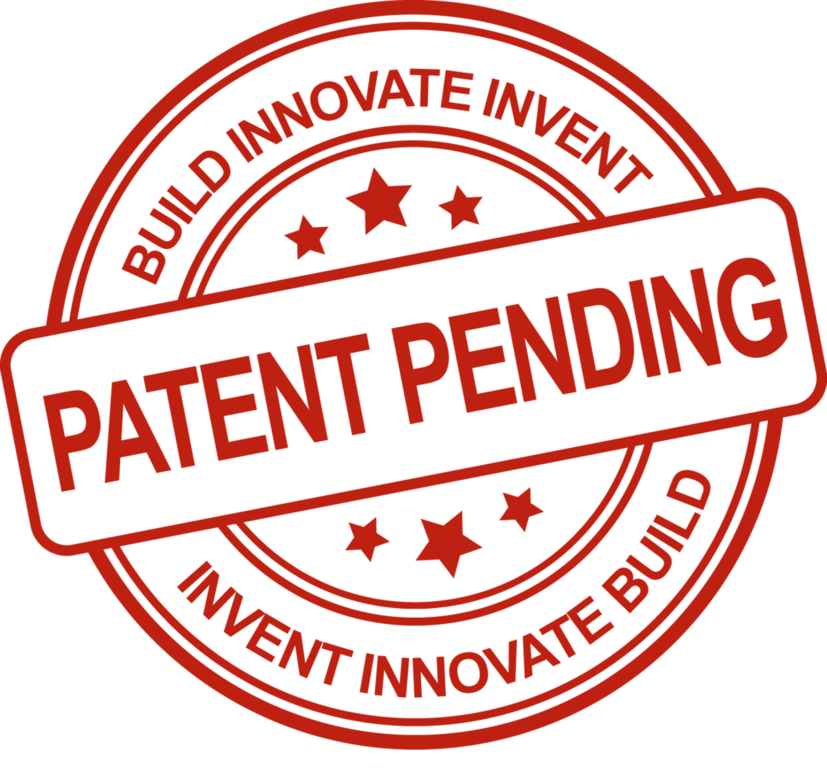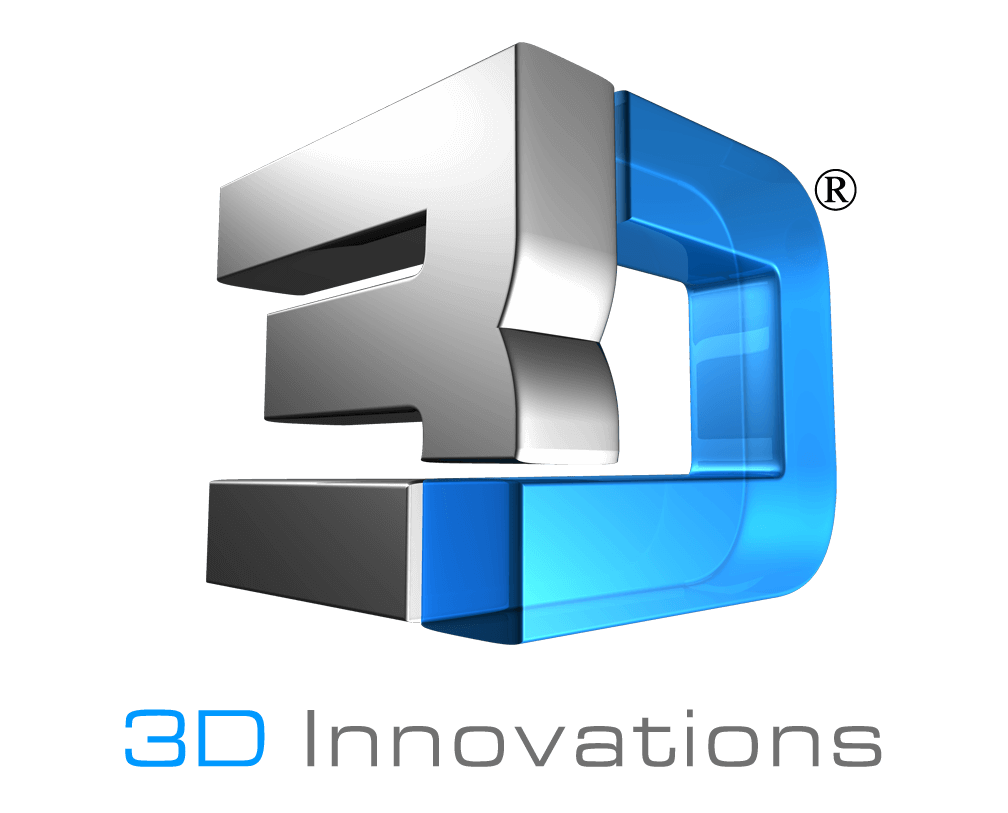 From the record number of patents issued in 2019, one thing is clear, intellectual property protection continues to be a cornerstone of businesses both big and small. “2019 saw a new high-watermark of 333,530 patents granted by the US Patent and Trademark Office.” (Tech Crunch) When it comes to intellectual property protection, startups and corporations understand that the road to success involves patents.
From the record number of patents issued in 2019, one thing is clear, intellectual property protection continues to be a cornerstone of businesses both big and small. “2019 saw a new high-watermark of 333,530 patents granted by the US Patent and Trademark Office.” (Tech Crunch) When it comes to intellectual property protection, startups and corporations understand that the road to success involves patents.
“The [2019 patent] figures are notable for a few reasons. One is that this is the most patents ever granted in a single year; and the second that this represents a 15% jump on a year before.”
“The high overall number speaks to the enduring interest in safeguarding IP, while the 15% jump has to do with the fact that patent numbers actually dipped last year (down 3.5%) while the number that were filed and still in application form (not granted) was bigger than ever. If we can draw something from that, it might be that filers and the USPTO were both taking a little more time to file and process, not a reduction in the use of patents altogether.” (Tech Crunch)
Patents continue to be a way to protect your product from copycats and counterfeiters. To help you get acquainted with patents and the patent process, below are a few basics about intellectual property protection.
Patent Basics
A patent for an invention is the grant of a property right to the inventor, issued by the United States Patent and Trademark Office (USPTO). U.S. patent grants are effective only within the United States, U.S. territories, and U.S. possessions. There are three types of patents: utility, design and plant patents.
- Utility patents may be granted to anyone who invents or discovers any new and useful process, machine, article of manufacture, or composition of matter, or any new and useful improvement thereof;
- Design patents may be granted to anyone who invents a new, original, and ornamental design for an article of manufacture; and
- Plant patents may be granted to anyone who invents or discovers and asexually reproduces any distinct and new variety of plant.
“A patent for an invention is the grant of a property right to the inventor, issued by the United States Patent and Trademark Office. Generally, the term of a new patent is 20 years from the date on which the application for the patent was filed in the United States or, in special cases, from the date an earlier related application was filed, subject to the payment of maintenance fees.” (USPTO)
Design Patents
Design patents are often overlooked and underutilized compared to the more common utility patents. “Five percent of all patent applications (more than 30,000 per year) are design patents.” (Upcounsel) Design patents focus on the exterior design, features and overall aesthetics of the product. Utility patents focus on the functionality and features of your invention.
Design patents extend to what is exactly shown in the line drawings, nothing more. “Some products might need multiple design patents. Each would cover a specific physical feature of the proposed product. Cars, for instance, require many design patents.” (Upcounsel) Having high-quality professional line drawings by a CAD designer is extremely advantageous. With a design patent, you are able to use the coveted phrases, patent pending and patent issued on all marketing material, and have confidence that your invention is protected for the next fourteen years. Also. when it comes to cost, design patents are considerably cheaper to file than utility patents.
Utility Patents
Utility patents focus solely on the inner workings of your invention, its unique functions and overall usefulness. “While a utility patent is harder to get, it offers better coverage. The utility patent has stronger intellectual property protections built into the patent system.” (Upcounsel) An invention is deemed useful if it provides an identifiable benefit and is capable of use. People often refer to utility patents as “patents for invention”. According to the United States Patent and Trademark Office, ninety-percent of the patent documents issued by the USPTO in recent years have been utility patents. With a utility patent your invention will be protected for the next twenty years.
Often times, proper patent protection can mean the difference between success and failure for a hardware startup.
Our team works closely with the Hawaii State Bar Association and understands the importance of patent protection for startups. If you have a question related to patent protection, please send us an email at info@3d-innovations.com.
Additional Intellectual Property Articles for Startups
- Intellectual Property Protection for Hardware Startups
- FAQ: The Basics of Intellectual Property and Manufacturing
- Intellectual Property Strategies for Hardware Startups
______
3D Innovations is a Product Development Company – from the 3D Design to a fully functional 3D Prototype & Product.
Subscribe to the 3D Innovations newsletter on our Facebook page!

